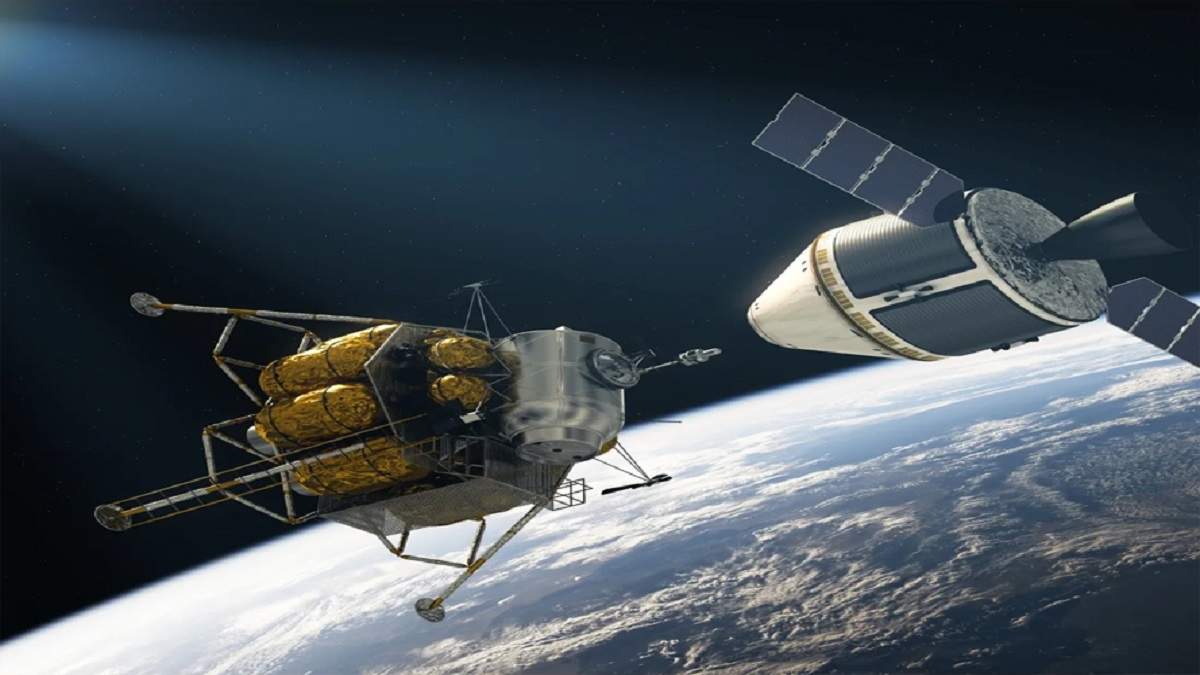Chandrayaan: Chandrayaan-1 Achieved 95% of its Objective, Know About Chandrayaan-1 & Chandrayaan-2

Chandryan: Bengaluru, August 23 (Language) The Indian Space Research Institute has sent three lunar missions in 15 years. It seems that the moon invites ISRO again and again.
In 2009, using data from Chandrayaan-1 for the first time, scientists detected traces of ice in the darkest and coldest parts of the Moon's polar regions.
Chandrayaan-1 was launched on this day
Chandrayaan-1 was India's first lunar mission. It was launched on 22 October 2008 from Sriharikota in Andhra Pradesh. The vehicle had 11 scientific instruments manufactured by India, USA, UK, Germany, Sweden and Bulgaria.
Which orbited around the Moon at an altitude of 100 km above its surface for chemical, mineralogical and photo-geological mapping.
After the successful completion of all critical aspects of the mission, the orbit radius was increased to 200 km in May 2009.
The satellite made more than 3,400 orbits around the Moon. The duration of the orbital campaign was two years and was prematurely terminated on 29 August 2009 after communication with the vehicle was lost.
Read More - Before Buying a Bike, See Top 5 Bikes To Be Launched in India By End of 2023
Chandrayaan-1 had achieved 95% of its objective
The then chairman of ISRO G. Madhavan Nair said, "Chandrayaan-1 achieved 95 per cent of its objectives." After a decade, Chandrayaan-2 was successfully launched on July 22, 2019.
Which included an orbiter, lander and rover. The objective of the country's second lunar mission was to carry out scientific studies by payloads on the orbiter and to demonstrate the technology of soft landing and rotation on the lunar surface.
Most of the components of the technology demonstration including launch, critical orbital maneuvers, separation of the lander, 'de-boost' and 'rough braking' phases were successfully completed.
In the final stages of reaching the moon, the lander crashed along with the rover, which failed to achieve its objective of landing on the lunar surface.
What did Madhavan Nair tell
Madhavan Nair said that we were very close to the moon but could not succeed in it (soft landing on the lunar surface during Chandrayaan-2 mission) in the last 2 kilometers (above the lunar surface).
However, all eight scientific instruments of the orbiter, which have been separated from the lander and rover, are working as designed. and providing valuable scientific data.
According to ISRO, the mission life of the orbiter was increased to seven years due to precise launch and orbital maneuvers.
Read More - This Smart Car of Kia Gives a Range of 750 km in Just 1 Full Charge
Discovery of water on Moon in 2009
ISRO on Monday said that two-way communication has been successfully established between Chandrayaan-2's orbiter and Chandrayaan-3's Lunar Module.
The discovery of water on the Moon in 2009 was a significant event. NASA's Moon Mineralogy Mapper was sent with Chandrayaan-1 in 2008.
Using the data collected by India's Chandrayaan-1 mission, NASA has discovered magical water reservoirs hidden beneath the Moon's surface.
After which scientists made the first map of the presence of water in the uppermost layer of the lunar soil using data from an instrument that went with India's Chandrayaan-1.
Posted Date: August 23, 2023
Publish Date: August 23, 2023
Posted By Ravi Kumar
